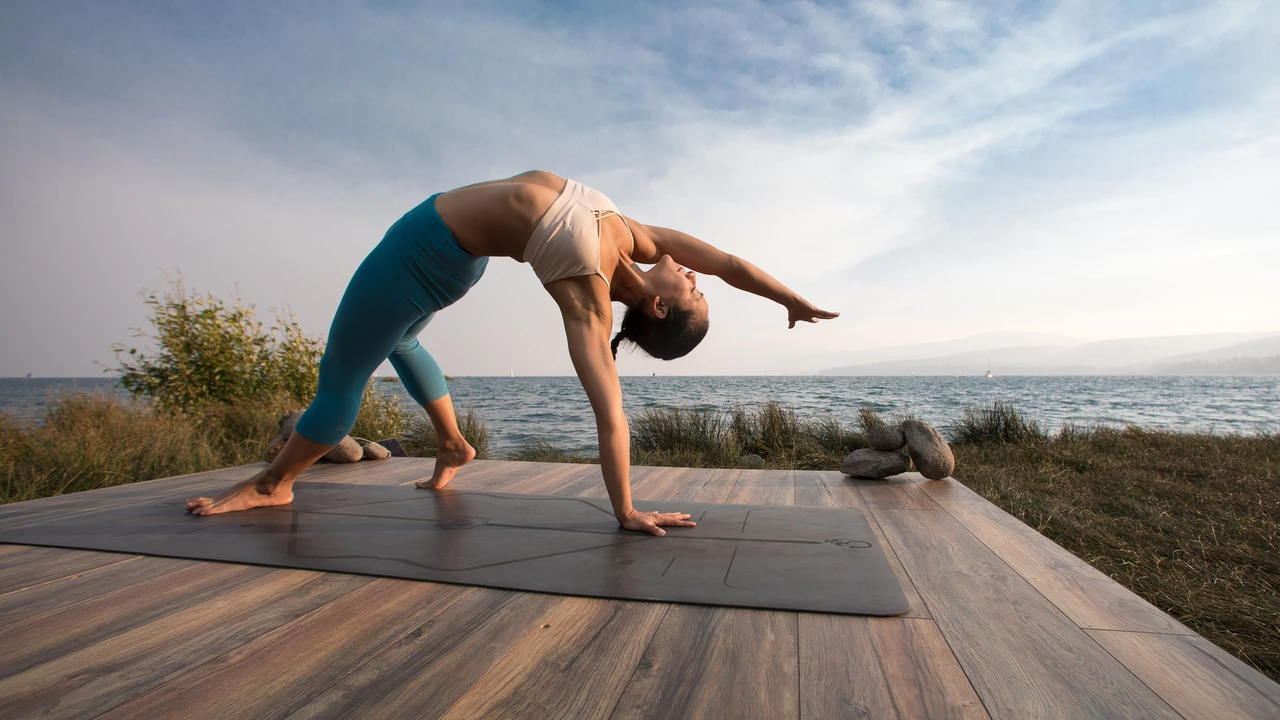Difficulty in Yoga: How to Gauge, Modify and Progress
Which yoga moves feel impossible to you right now? Difficulty in yoga isn’t just about how flexible you are. It’s a mix of strength, balance, breath control, coordination, and confidence. If a pose feels hard, that’s useful information—not a sign you should stop. It tells you what to focus on next.
How to judge pose difficulty
Break a pose into parts. Is it the balance (like standing on one leg), the strength (arm balances), the range of motion (deep backbends), or the breath that’s failing? Score each part from 1 to 5: easier to see what to train. Watch how your breath behaves. If your breath shortens or you hold it, the pose is too hard for steady practice. Pain and sharp signals are red flags; discomfort that fades with practice is normal.
Use simple self-checks during practice: can you breathe easily? Can you hold the pose for several breaths without collapsing? Can you come in and out without strain? If the answer is no, adjust the challenge.
Practical ways to make poses easier
Modify, don’t force. Props like blocks, straps, bolsters, or a wall change a hard pose into a safe learning step. For instance, put a block under your hands in forward bends, practice handstand at the wall, or keep knees bent in standing forward fold. Shorten the range: hold a half pose or use a table or chair for support. Reduce time in the pose—work on quality for 10–20 seconds instead of collapsing through a long hold.
Change the focus. If balance is the problem, practice the balance component separately. If strength is lacking, add targeted strength moves: planks, lunges, glute bridges. If flexibility limits you, use active mobility work instead of passive stretching so the body learns control through the new range.
Progress in small steps. Pick one measurable micro-goal per week: five extra seconds in a pose, one extra rep of an assisting exercise, or three sessions of a focused drill. Small wins stack faster than one big leap.
Mind matters. Some poses are mentally tough—fear stops progress more than the body does. Practice facing the fear with tiny exposures: shorter holds, hands on the wall, or a teacher spotting you. Breathing techniques like slow exhale can calm the nervous system and make hard poses feel doable.
Use context to guide difficulty. Short daily practices of 10–15 minutes build consistency and confidence. Longer sessions with peak poses should come when you’ve built the specific strength and mobility. If you’re learning online, pick classes that show options; in-person classes help with adjustments but aren’t always necessary.
Keep a simple log. Note the pose, the modifications used, how many breaths you held, and how it felt. Over weeks you’ll see clear progress and know when to remove a prop or lengthen the hold.
Try one change this week: pick one pose that’s hard, break it into parts, choose one modification, and practice it three times. That turns difficulty into a plan you can follow—no guessing, just steady progress.
Is yoga hard for a beginner?
As a beginner, you might find yoga a bit challenging due to the unfamiliar poses and the need for flexibility and strength. However, it's all about patience and consistency. Everyone starts at a different place and the beauty of yoga is that it's adaptable for all skill levels. Remember, it's a personal journey, not a competition. Over time, with regular practice, you'll notice progress and improvements in your abilities.
